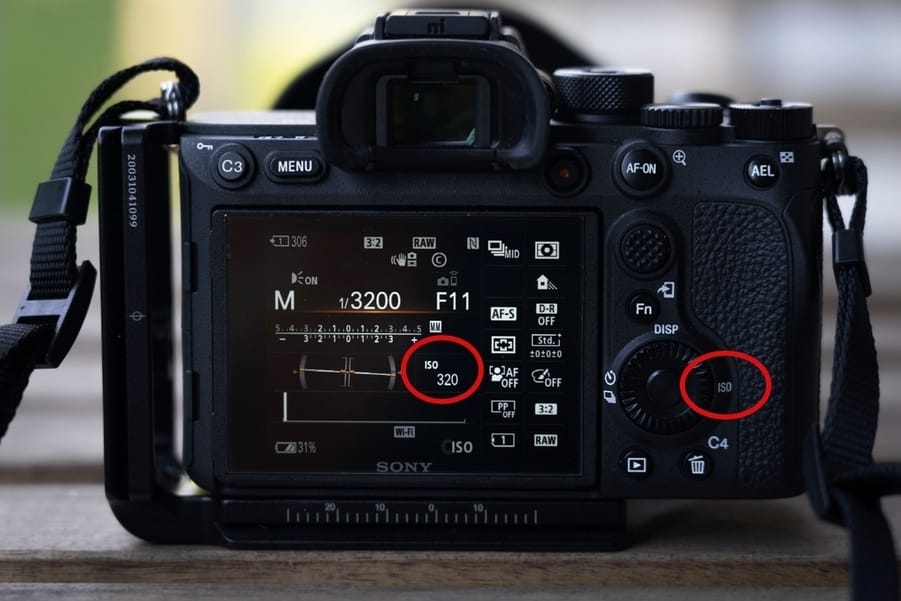Whether you’re a beginner or an experienced photographer, understanding your camera settings is crucial for taking perfect shots. Here are the basics of camera settings and how to use them to take your photography to the next level.
Aperture
Aperture controls the amount of light that enters the camera lens and affects the depth of field. A large aperture (low f-number) will result in a shallow depth of field, with the subject in focus and the background blurred. A small aperture (high f-number) will result in a deep depth of field, with both the subject and background in focus. Experiment with different apertures to create the desired effect.
Shutter Speed
Shutter speed controls the amount of time the camera’s sensor is exposed to light. A fast shutter speed (1/1000 or faster) can freeze motion, while a slow shutter speed (1/30 or slower) can create motion blur. When using slow shutter speeds, use a tripod or stabilize your camera to avoid camera shake.
ISO
ISO controls the camera’s sensitivity to light. A low ISO (100-400) is ideal for bright outdoor scenes, while a high ISO (800-3200) is necessary for low-light situations. Keep in mind that higher ISOs can result in more noise or grain in your photos, so use the lowest ISO possible for the lighting conditions.
White Balance
White balance affects the color temperature of your photos. Different lighting conditions have different color temperatures, and adjusting the white balance ensures that your photos have accurate colors. Most cameras have automatic white balance settings, but you can also adjust it manually to create a desired effect.
Metering Mode
Metering mode determines how the camera measures the light in the scene. Matrix metering (also known as evaluative metering) takes into account the entire scene, while spot metering measures the light in a specific spot. Use different metering modes depending on the scene and lighting conditions to ensure the correct exposure.
Focus Mode
Focus mode determines how the camera focuses on the subject. Single shot focus is ideal for still subjects, while continuous focus is necessary for moving subjects. Use manual focus for precise control over the focus point.
In conclusion, understanding your camera settings is crucial for capturing perfect shots, no matter what your skill level is. By mastering the basics of aperture, shutter speed, ISO, white balance, metering mode, and focus mode, you can take your photography to the next level and capture stunning photos. Experiment with different settings and techniques to find what works best for you and your photography style.


